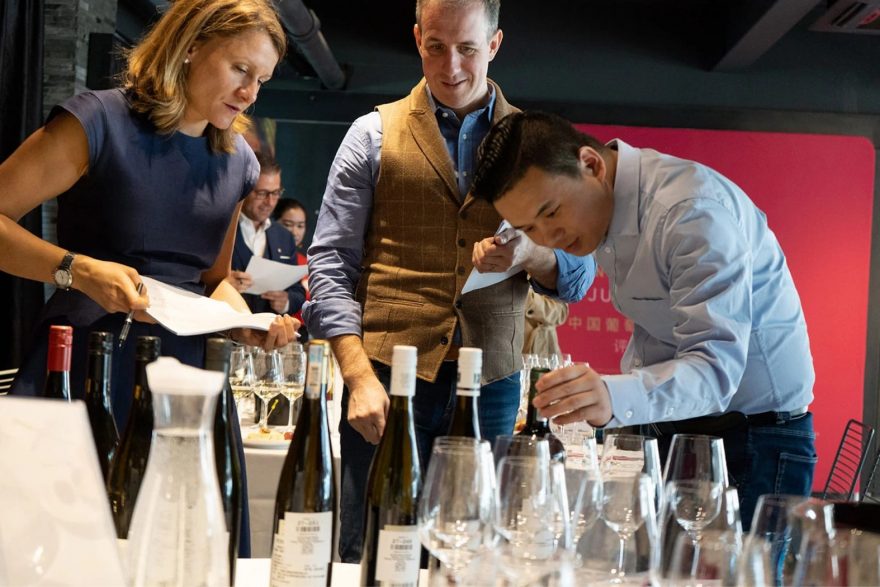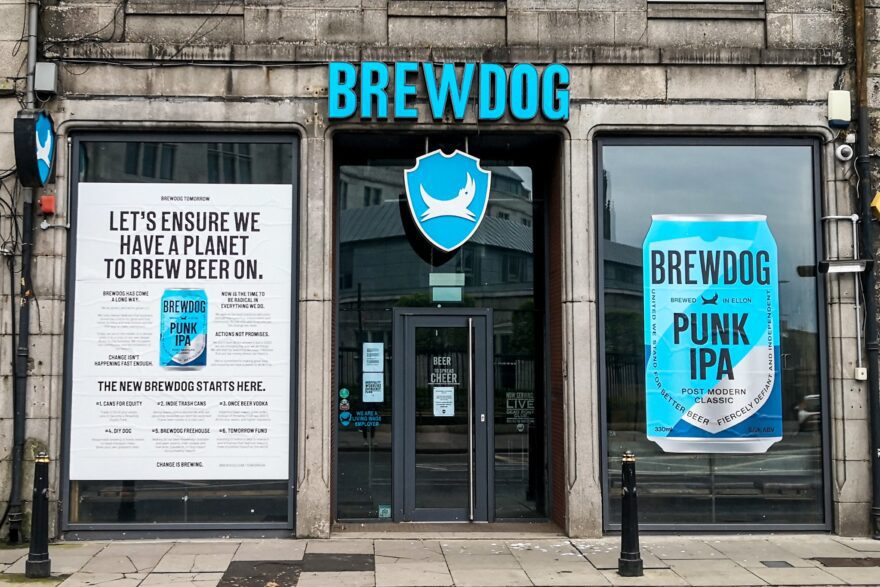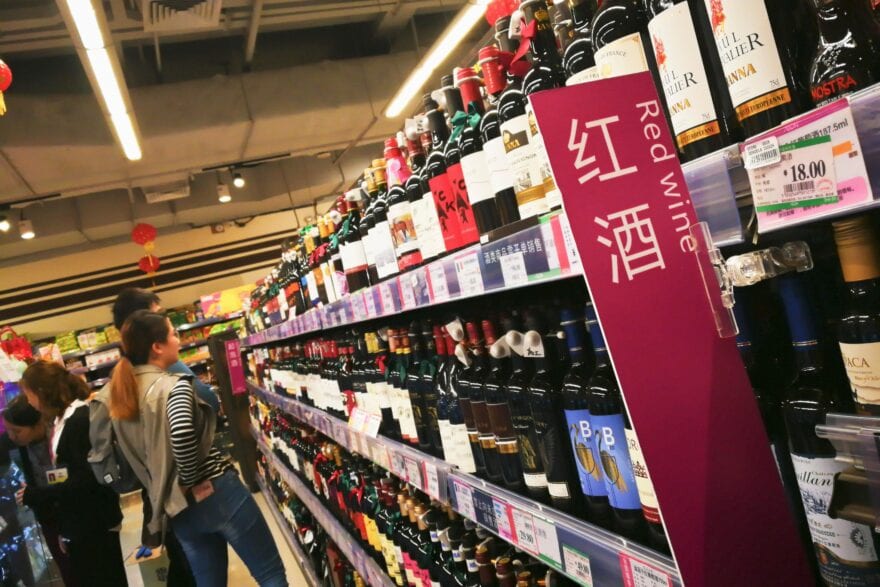2021 China Beverage Industry Consumer and Social Content Insights

There’s no shortage of hot topics as far as China’s e-commerce market is concerned. While the world is still adjusting to the massive sales numbers garnered by the Singles’ Day shopping holiday, which was created by Chinese e-commerce giants Taobao and Jd.com, a few newer platforms are set to revolutionize the market once again. As Pinduoduo attempts to break free of its reputation for low-quality goods, the likes of Douyin and Xiaohongshu are relying on digital marketing expertise to capture their own share of China’s consumer market.
Just a few days ago, ByteDance’s digital marketing platform Juliang Suanshu released its 2021 Beverage Industry Consumer Insights and Content Ecosphere Whitepaper, which used leading mobile platform and fellow ByteDance product Douyin to view the wine ecosphere through the lens of social media.
From the report, we gain some interesting insights as to how wine-related content spreads through social media, as well as the latest data regarding the wine market and wine consumer trends.
Trends in the Propagation of Alcohol-Related Content
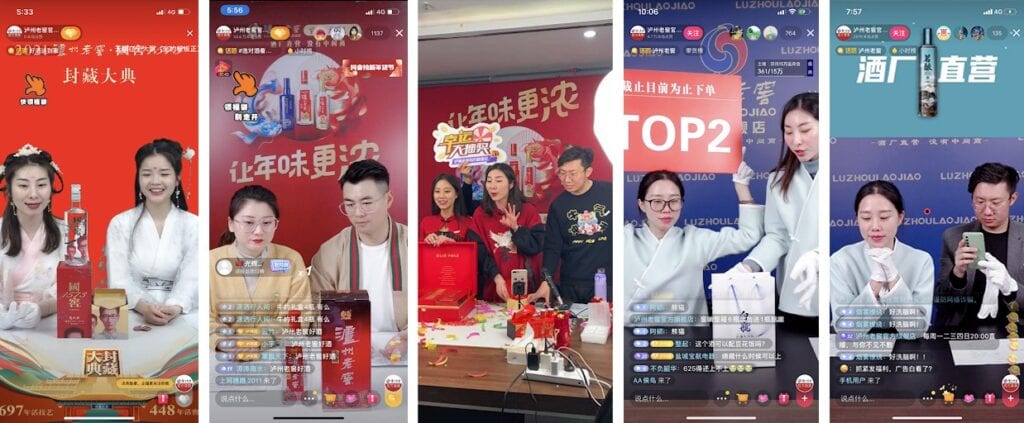
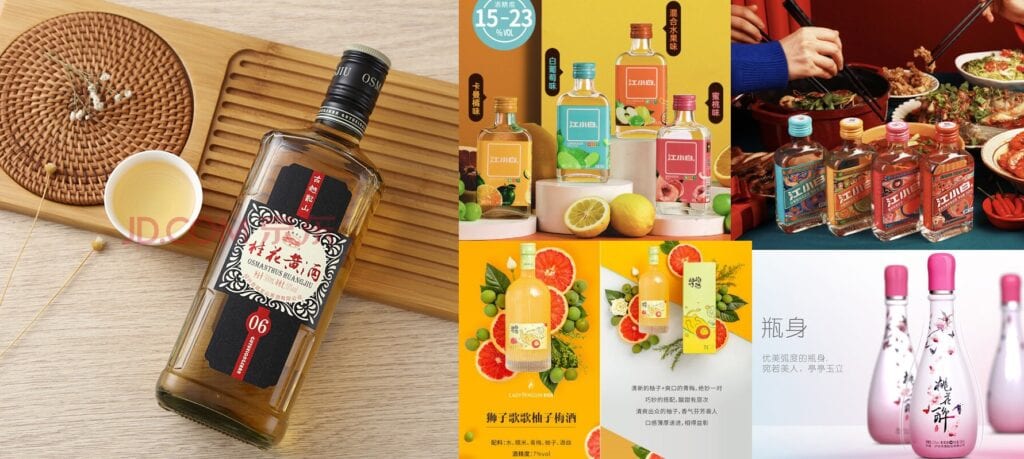
Douyin’s number of daily active users has already surpassed 600 million, and its influence on the Chinese consumer market cannot be overstated. We can gain many marketing insights through a more in-depth look into how content is propagated on Douyin.
Alcohol brands have seen an extraordinary increase in followers
Viewed from a content perspective, the interest of Chinese consumers in the alcohol industry as a whole, and in the wine industry in particular, is increasing daily. On Douyin, nearly 30 million pieces of alcohol-related content are posted, and they are shared nearly 70 billion times. On the Toutiao app, these statistics are 7 million and 31.7 billion, respectively.
Over 67 million Douyin users have an interest in beverage-related content, a 62% increase over last year.
Over 67 million Douyin users have an interest in beverage-related content, a 62% increase over last year, while 12.75 million Toutiao users have an interest in beverage-related content.
2019-2020 growth rate of beverage-related content data of each category on the Toutiao platform
Source: ByteDance 2021 Liquor Industry User Insights and Content Ecology White Paper
2019-2020 increase in the number of beverage-related content releases on Douyin
Source: ByteDance 2021 Liquor Industry User Insights and Content Ecology White Paper
Brand influence is growing
While China’s offline wine market remains highly segmented, data on content sharing shows that the Douyin audience has a higher level of brand recognition. Wine brands such as Changyu, Penfolds, Lafite, Great Wall, and Yellow Tail enjoying the highest volume of brand-related content on the platform, and their benefit from this brand concentration is quite evident.
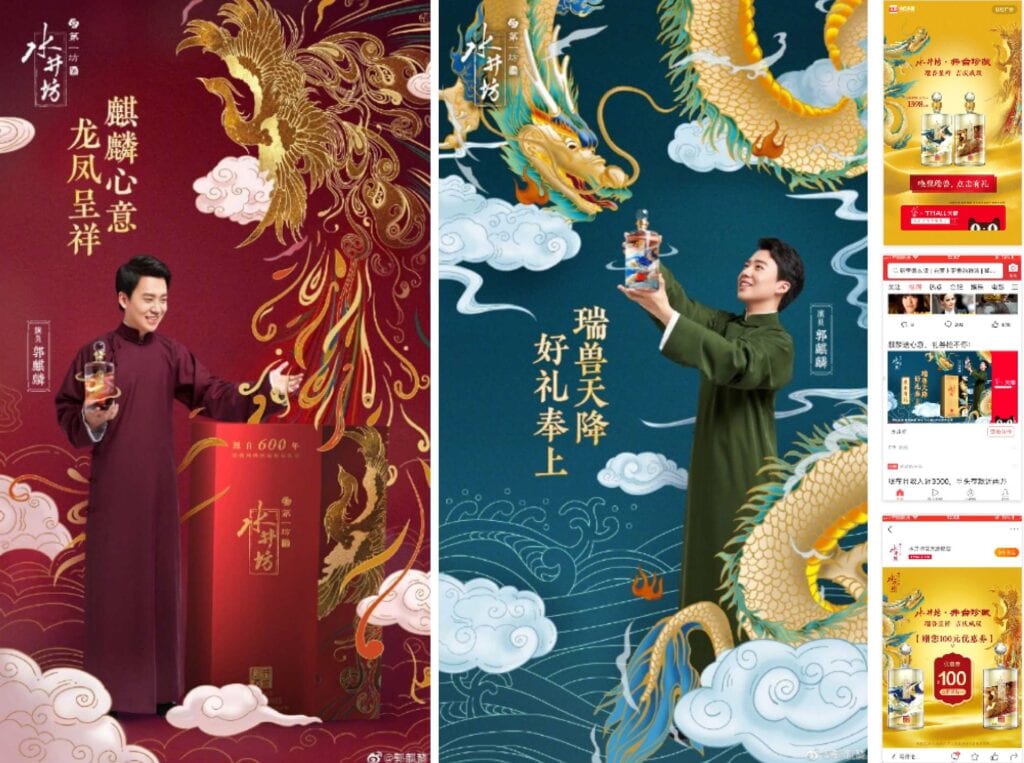
Trends in the Wine Market
From the consumer insights provided by the report, it is clear that some universal trends are now beginning to affect the Chinese wine market as well. This is primarily embodied by the following trends:
The increasing purchasing power of female consumers
Data from the whitepaper shows that permeation of the female consumer demographic into the beverage market is increasing. This is especially true for top-tier cities, where the correlation between income and frequency of purchases is clear. Of note, female consumers tend to place more focus on aspects such as branding, packaging, public opinion, and calorie count when it comes to wine.
An enormous potential lies in lower-tier cities
From the Douyin statistics, we can see that the permeation rate for top-tier cities remains greater than for lower-tier cities; however, these lower-tier cities have been growing rapidly over the past two years due to short-format videos and “viral” content. With consumer habits in lower-tier cities trending similarly to those in top-tier cities, and considering the enormous populations contained within the cities, their future impact on the market is sure to be extraordinary.
The new middle-class has become the primary consumer demographic
With a 20,000 yuan monthly income serving as the cutoff, the permeation rate of wine products into the new middle-class demographic has already surpassed the halfway point. This group of consumers has a lower sensitivity to price, but has greater requirements when it comes to health, branding, and production region.
Insights into Consumer Behavior
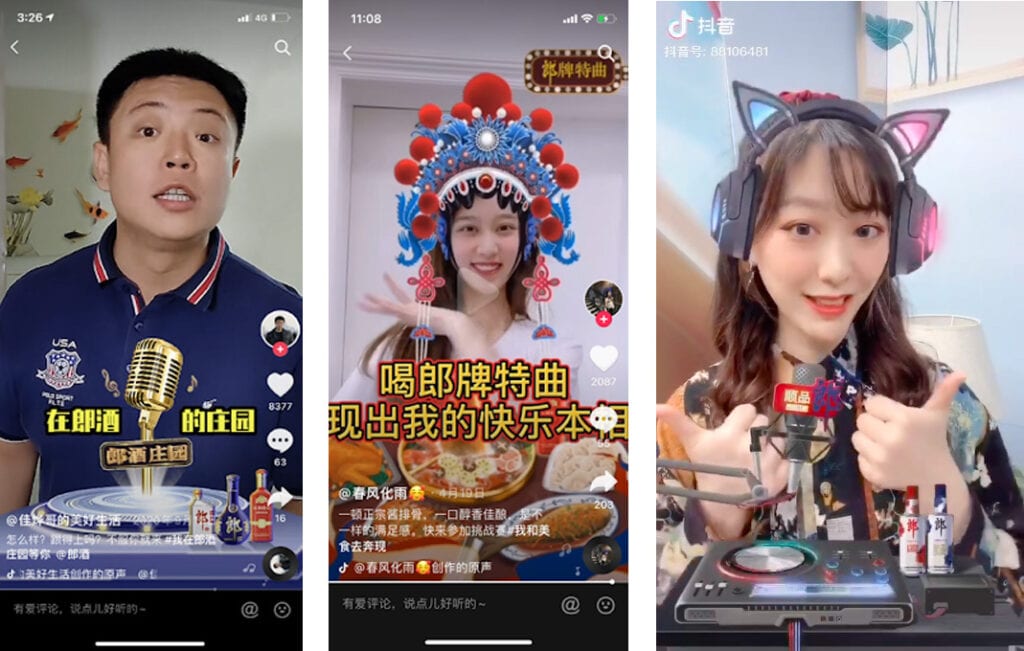
Douyin users interested in alcoholic drinks
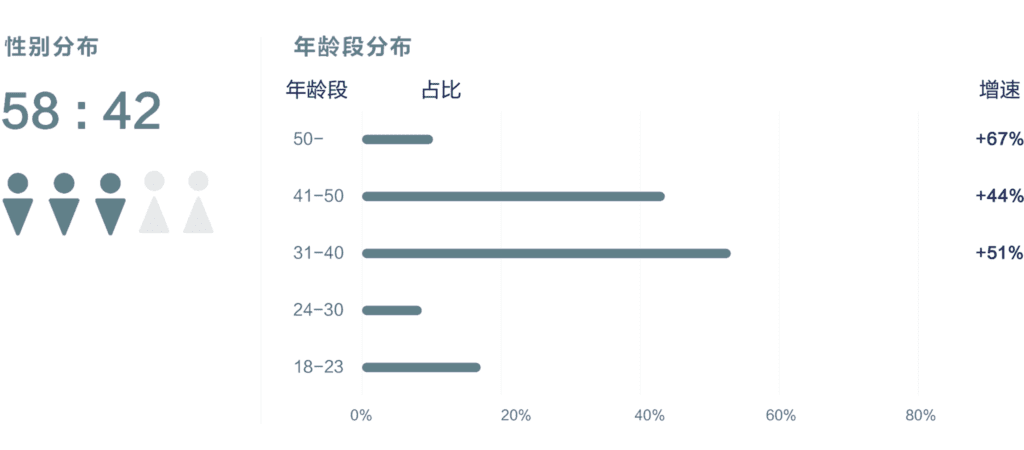
Source: ByteDance 2021 Liquor Industry User Insights and Content Ecology White Paper
Divergence of mood-driven purchases
In addition to its traditional usage as a social lubricant, there are also a number of negative moods and emotions that are motivating consumers’ wine purchases, including heartbreak, stress, and even boredom. In reality, this implies that wine sellers and other brands should be bearing more social responsibility by advocating for moderation in the consumption of alcoholic beverages, and dissuading consumers from indulging in alcoholic beverages to relieve a bad mood.
Shift in consumption scenarios
Corresponding to this shift in mood-driven consumption, a greater number of consumers are now drinking alone. This is especially true in the younger generation, where over 50% of wine consumers born in the 1990’s say that drinking alone is one of their most common consumption scenarios, after group meals and gatherings.
50% of wine consumers born in the 1990’s say that drinking alone is one of their most common consumption scenarios. Alcohol consumption has also become largely separated from mealtimes, where the concept of wine and meal “pairing” has grown unfamiliar to many younger consumers.
Meanwhile, the use of wine at business meetings and events has drastically lowered in comparison to these scenarios. Alcohol consumption has also become largely separated from mealtimes, where the concept of wine and meal “pairing” has grown unfamiliar to many younger consumers.
Greater interest in “light” flavors
In contrast to the more traditional consumers who are looking for rich, layered flavors, many consumers now desire lighter and more refreshing wines. On Douyin and Toutiao, the creation and propagation of sparkling wine-related content is growing rapidly, as “drinkability” is becoming a primary factor considered by wine consumers.
Interestingly, there is a definite seasonal nature to the amount of wine-related content on Douyin; an increase in this type of content is typically seen in the period from September through January.
Nearly 90% of consumer purchasing decisions are influenced by content related to the product.
The whitepaper also makes clear the importance of content marketing, as the data presented within the report shows that nearly 90% of consumer purchasing decisions are influenced by content related to the product. The platforms themselves have also taken note of the influential power that their content holds over the public. In March of this year, Douyin began offering flagship stores for brands within its platform, becoming a closed-loop e-commerce platform which contains both the marketing and purchasing power of its users.
Finally, the whitepaper brings to mind some new challenges for brands engaged in e-commerce: How should they position their content marketing platform in relation to their services as a whole? How should they weight investments in content marketing compared to investments in traditional e-commerce marketing channels? How can they create content that will attract consumers? Should they establish their own account to drive the spread of their brand’s content, or rely on the influence of Douyin’s experts to increase awareness of their brand?
If the future of e-commerce seems unclear, you are welcome to contact us and explore further what actions would be most appropriate for the success your brand.
